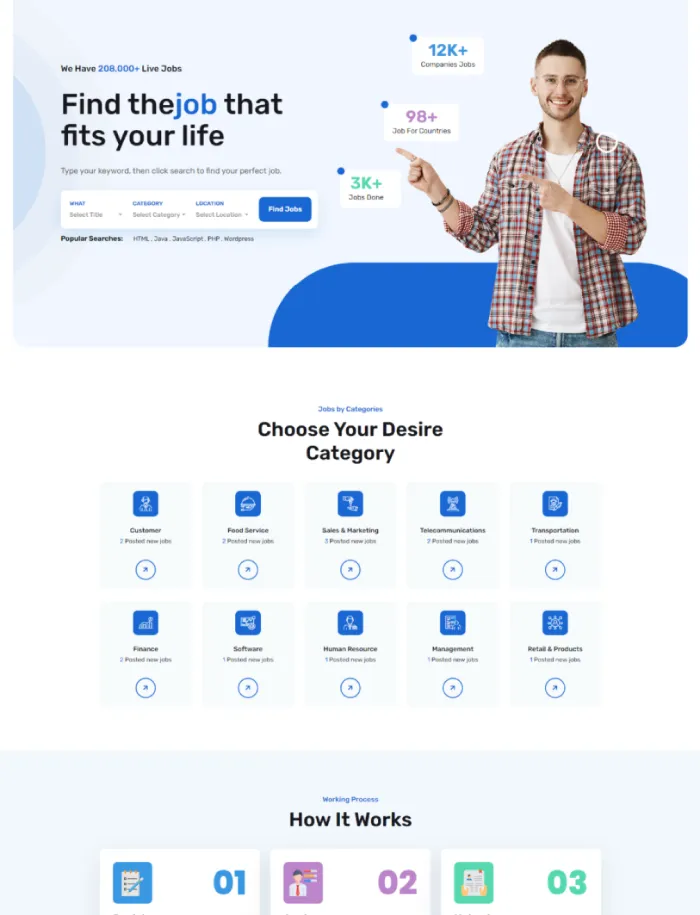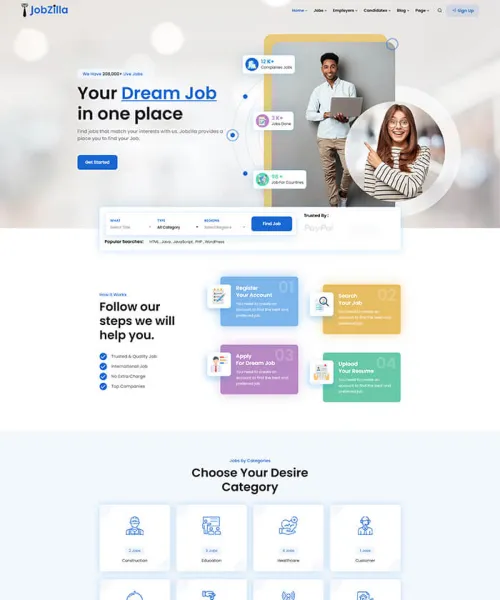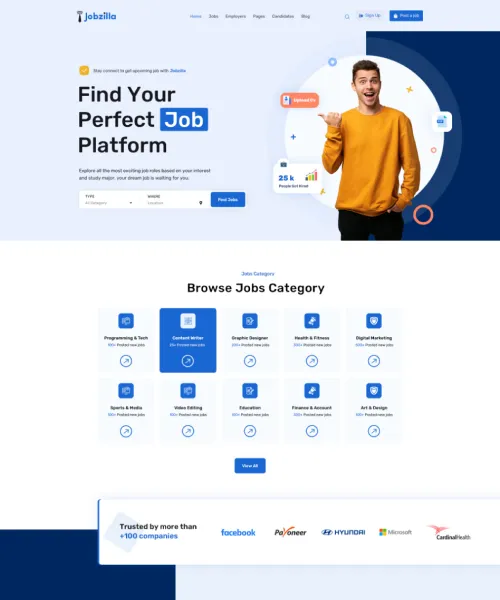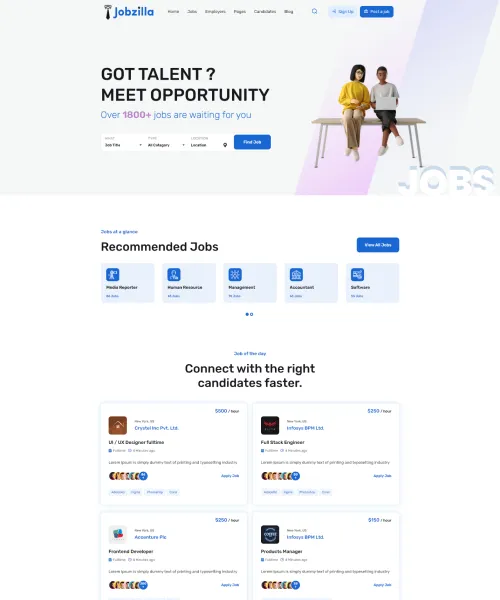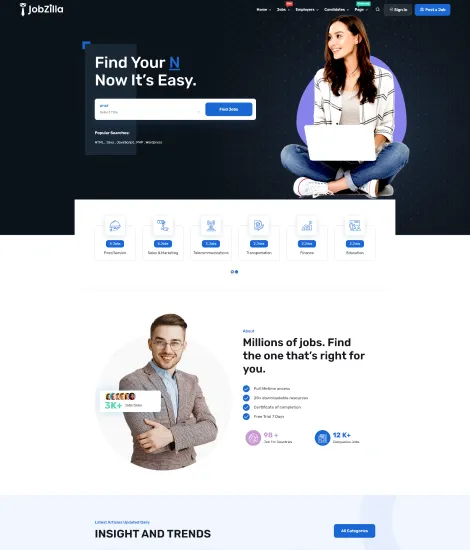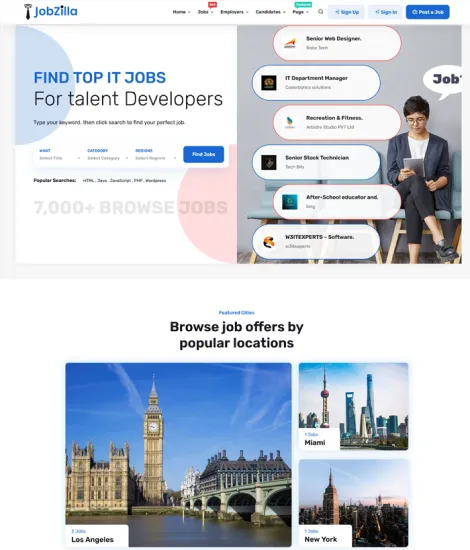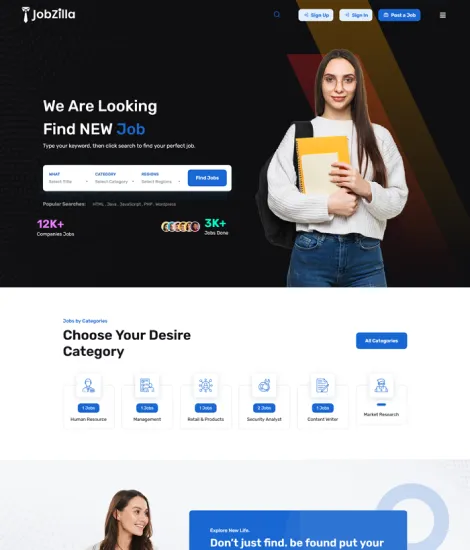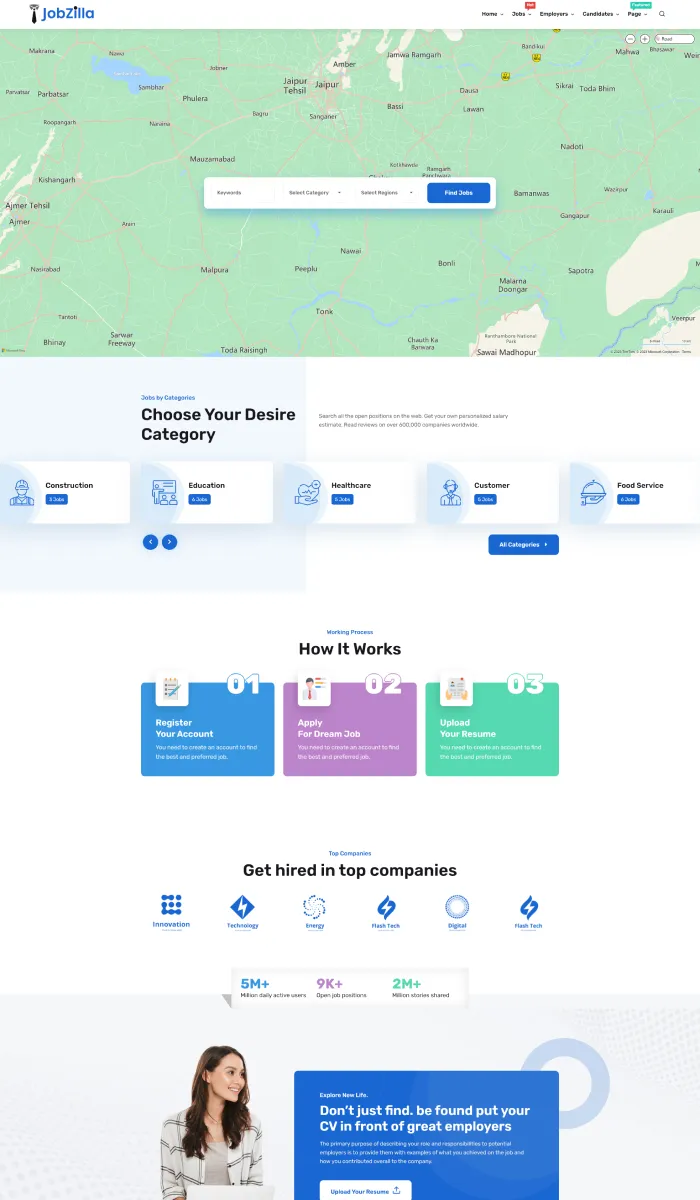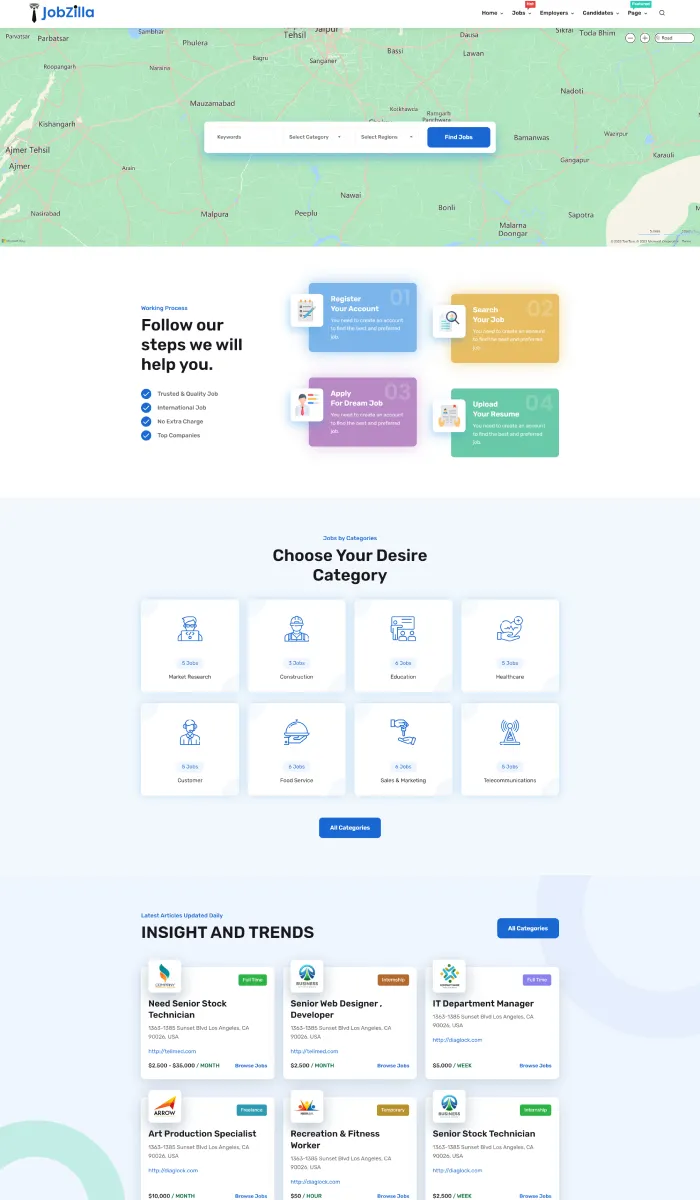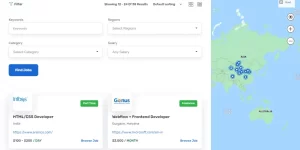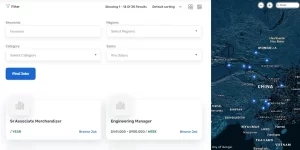Mastering Authentic Engagement: Advanced Strategies for Optimizing Micro-Influencer Collaborations #36
In the evolving landscape of influencer marketing, authenticity has emerged as the cornerstone of meaningful consumer connection. While Tier 2 content provides a solid overview of establishing genuine micro-influencer collaborations, this deep-dive explores the specific, actionable techniques that brands and marketers can implement to elevate authenticity from a qualitative aspiration to a measurable, strategic advantage. We will dissect each phase—from defining authenticity to analyzing campaign data—providing step-by-step processes, practical tools, and real-world examples that empower you to craft campaigns where authenticity drives engagement and conversions.
- 1. Establishing Clear Criteria for Authentic Content in Micro-Influencer Campaigns
- 2. Crafting Detailed Briefs to Guide Micro-Influencers Toward Authenticity
- 3. Selecting the Right Micro-Influencers for Authentic Engagement
- 4. Facilitating Authentic Content Creation: Practical Techniques and Tools
- 5. Managing and Optimizing Micro-Influencer Relationships for Authenticity
- 6. Analyzing Campaign Performance for Authentic Engagement
- 7. Case Studies of Successful Authentic Micro-Influencer Campaigns
- 8. Reinforcing the Broader Impact and Connecting Back to Tier 1 and Tier 2 Themes
1. Establishing Clear Criteria for Authentic Content in Micro-Influencer Campaigns
a) Defining Authenticity: What Qualifies as Genuine Engagement?
Authentic content emanates from influencers whose personal voice, experiences, and values align seamlessly with the brand’s message. To operationalize this, create a rigorous authenticity framework that includes:
- Personal Relevance: The influencer’s lifestyle and interests should naturally intersect with the product or service.
- Content Consistency: Their previous posts should reflect genuine use and endorsement, not sporadic or contrived mentions.
- Transparency and Disclosure: They openly discuss sponsored content, maintaining trustworthiness.
For example, a micro-influencer in the fitness niche who regularly shares personal workout routines and health tips is more likely to produce authentic content about nutritional supplements than someone who rarely posts about fitness topics but is paid to promote a product.
b) Quantitative vs. Qualitative Metrics: How to Measure True Authenticity
While engagement rates (likes, shares) provide initial insights, they are insufficient alone. Incorporate qualitative analysis such as:
- Comment Quality: Are comments thoughtful and aligned with the content? Are followers engaging in meaningful conversations?
- Sentiment Analysis: Use AI tools like MonkeyLearn or Lexalytics to assess positive versus negative tone in comments.
- Content Authenticity Score: Develop a custom rubric evaluating natural language, storytelling depth, and brand integration subtlety.
For instance, a post that generates numerous comments like “This feels real because I’ve seen you use this product in your daily life” signals authenticity more than superficial praise.
c) Practical Example: Creating a Checklist for Authentic Content Approval
| Criterion | Checklist Item |
|---|---|
| Personal Relevance | Does the influencer regularly post about topics related to the product? |
| Content Authenticity | Is the storytelling natural, not scripted or overly promotional? |
| Engagement Quality | Are comments genuine and aligned with the message? |
| Transparency | Has the influencer clearly disclosed sponsored content? |
| Content Depth | Does the content tell a story or share a personal experience? |
Applying this checklist during content approval ensures that only genuinely authentic posts are published, minimizing the risk of superficial or insincere messaging.
2. Crafting Detailed Briefs to Guide Micro-Influencers Toward Authenticity
a) How to Write Precise Creative Guidelines That Encourage Genuine Expression
Effective briefs should set clear expectations without stifling creativity. Use the following approach:
- Define Core Messaging: Clearly articulate the brand’s values and key messages, but avoid scripting exact language. Instead, provide thematic prompts.
- Share Personal Storytelling Frameworks: Encourage influencers to share a personal experience related to the product, guided by questions like “How has this product impacted your routine?”
- Set Content Tone and Style Parameters: Specify preferred tone (e.g., casual, humorous) and visual style, but leave room for their authentic voice.
- Include Do’s and Don’ts: Highlight behaviors or messaging styles that could feel inauthentic or overly promotional.
For example, instruct influencers to focus on genuine use cases, such as “Describe a typical day where this product made a difference,” rather than forcing scripted testimonials.
b) Incorporating Brand Voice Without Overdetailing: Balancing Flexibility and Clarity
Achieve this by providing a brand voice style guide with specific linguistic cues, but avoid rigid scripts. Techniques include:
- Tone Descriptors: e.g., “friendly, conversational, genuine.”
- Sample Phrases: Share authentic phrases that fit the brand, e.g., “I love how this fits into my daily routine.”
- Do Not Use: List language or themes to avoid, such as overly technical jargon or aggressive sales language.
This approach offers influencers creative freedom while maintaining brand consistency and authenticity.
c) Case Study: A Step-by-Step Brief Development for a Niche Micro-Influencer Campaign
Suppose you are promoting a handmade skincare line targeting eco-conscious consumers. The brief development proceeds as follows:
- Objective: Showcase how the product fits seamlessly into an eco-friendly routine.
- Core Message: Emphasize natural ingredients and sustainable sourcing.
- Influencer’s Personal Angle: Share a story about transitioning to eco-friendly skincare.
- Content Guidelines: Post 2-3 stories and one feed post showing the product in use, highlighting texture and scent.
- Tone and Style: Warm, honest, with natural lighting.
- Do Not: Use overly commercial language or make exaggerated claims.
Providing this detailed, step-by-step brief ensures that the influencer’s content remains authentic, aligned with brand values, and creatively engaging.
3. Selecting the Right Micro-Influencers for Authentic Engagement
a) How to Use Deep Audience Analysis to Match Influencers with Brand Values
Beyond surface metrics, conduct deep audience analysis using tools like Audiense or SparkToro to understand followers’ demographics, interests, and online behaviors. Steps include:
- Identify Overlap: Confirm that the influencer’s audience aligns with your target market in age, location, and interests.
- Assess Engagement Patterns: Look for high-quality engagement, such as comments indicating genuine interest (e.g., “I’ve been waiting for a product like this!”).
- Map Audience Values: Use qualitative data from comments to verify alignment with brand values like sustainability or health.
For example, selecting a micro-influencer whose followers actively discuss eco-friendly living ensures the content resonates authentically with the audience.
b) Practical Techniques for Assessing Influencer Content for Authenticity (e.g., Content Audits, Engagement Quality)
Prior to outreach, perform a comprehensive content audit:
- Review Recent Posts: Confirm they reflect genuine interest and personal use.
- Evaluate Visual Style: Authenticity is often signaled through natural lighting, candid shots, and unfiltered content.
- Engagement Analysis: Use tools like HypeAuditor or Social Blade to assess comment authenticity and engagement quality.
A high engagement rate combined with comments that reference personal experience indicates a good candidate for authentic collaborations.
c) Implementing a Tiered Selection Process: From Initial Screening to Personal Interviews
Use a multi-stage approach:
- Initial Screening: Filter based on audience demographics, content style, and engagement metrics.
- Content Review: Conduct qualitative assessments of recent posts for authenticity signals.
- Personal Outreach: Arrange a video call or informal chat to gauge their motivations, storytelling ability, and alignment with brand values.
This process minimizes risks of superficial partnerships and ensures authentic collaboration from the outset.
4. Facilitating Authentic Content Creation: Practical Techniques and Tools
a) How to Use Content Templates and Prompts to Encourage Genuine Storytelling
Instead of prescribing exact wording, develop flexible content templates that prompt storytelling. For example:
- Story Starters: “Share a moment when this product made a difference in your day…”
- Visual Cues: Suggest natural settings or daily routines to showcase authenticity.
- Caption Prompts: “Describe how you incorporate this into your life without sounding salesy.”
Provide influencers with a set of prompts that align with their authentic voice, reducing pressure to produce overly polished content.
b) Leveraging Behind-the-Scenes Content to Enhance Authenticity
Encourage influencers to share behind-the-scenes moments:
- Real-Life Use: Show them unboxing, preparing, or using the product in real time.
- Storytelling: Narrate their genuine thoughts or challenges during the process.
- Live Content: Use Instagram Live or Stories to foster spontaneity and real-time engagement.
Such content humanizes the influencer and reinforces authenticity.
c) Technical Tools for Monitoring Real-Time Content Compliance and Authenticity
Leverage AI-powered tools for ongoing monitoring:


